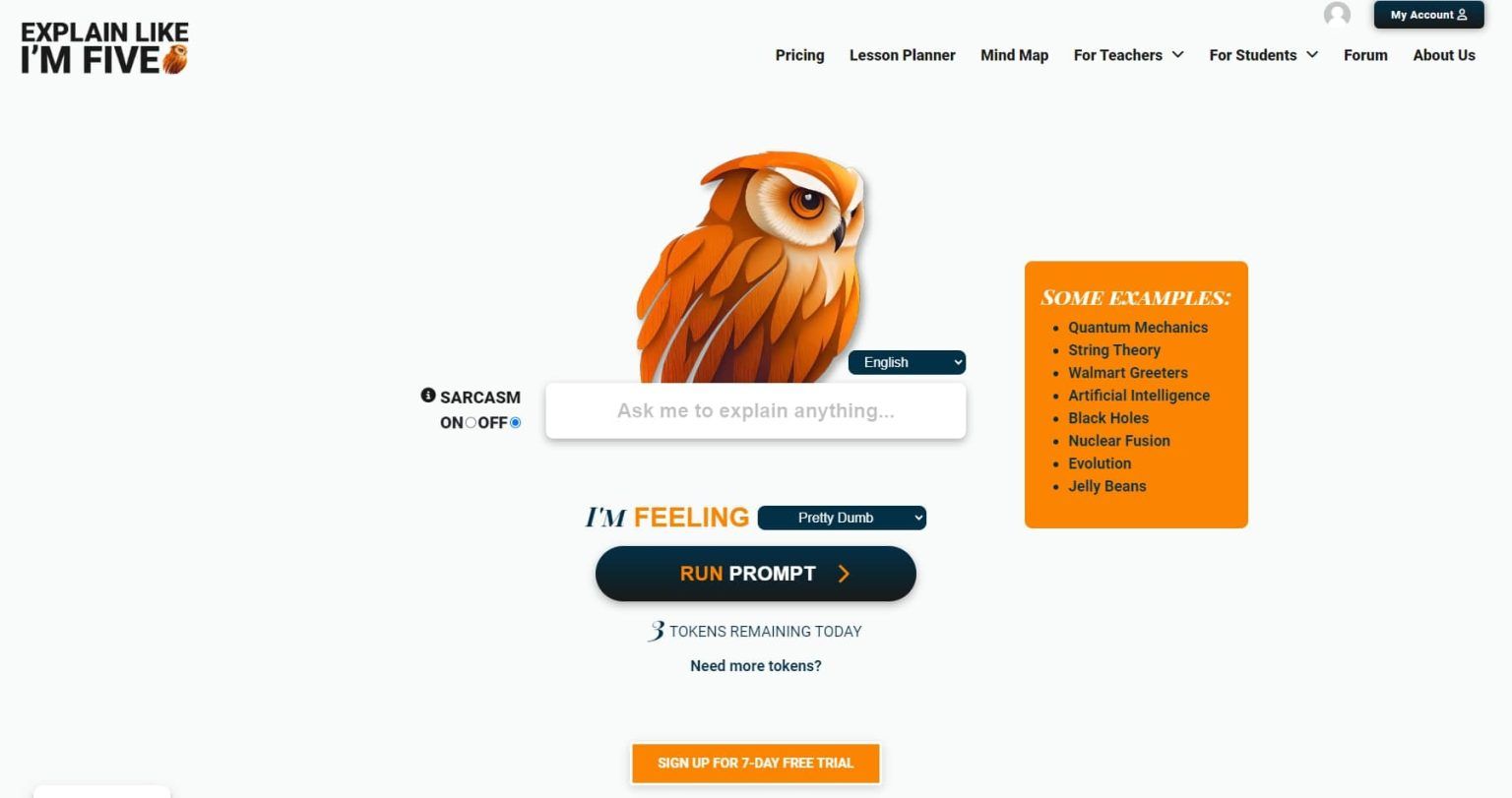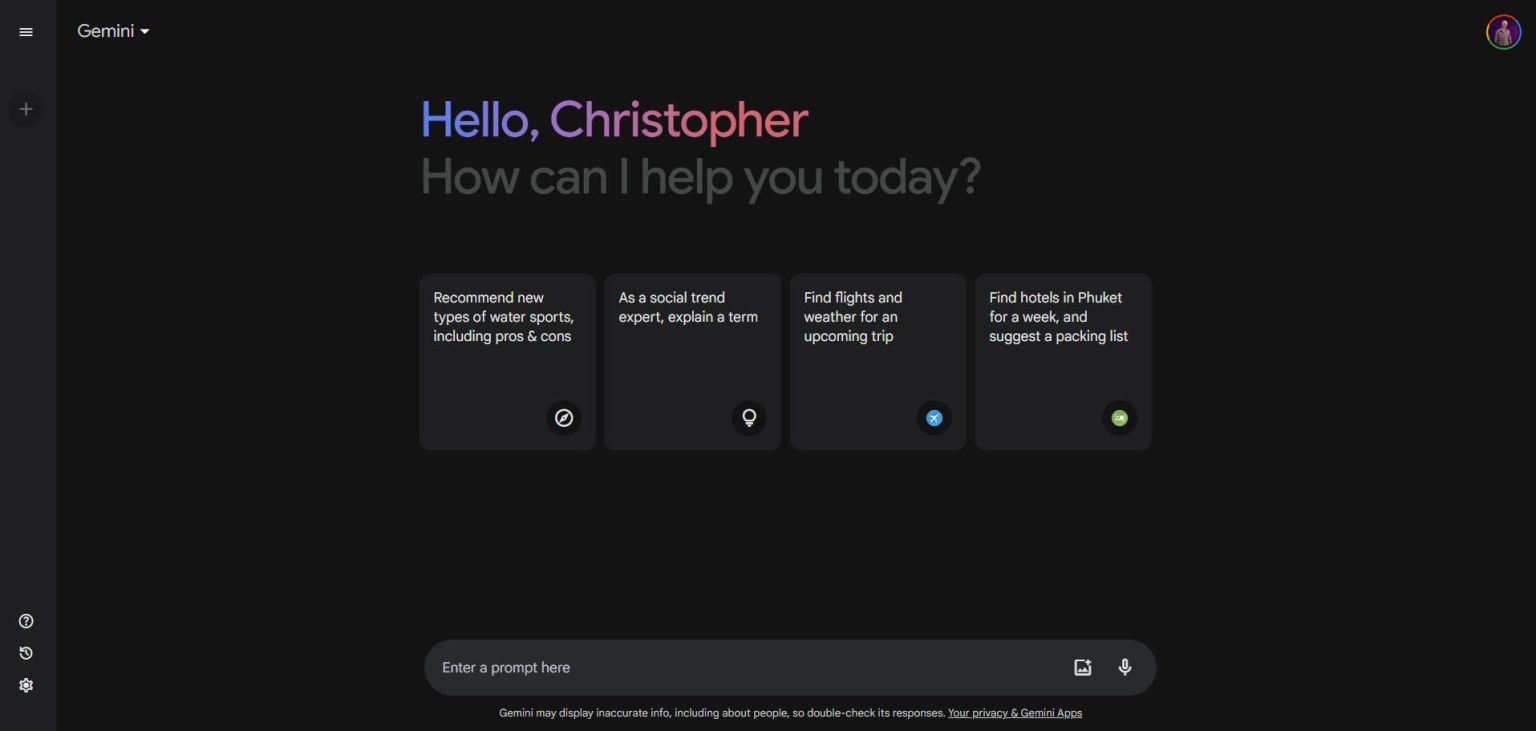AI tools for education offer a diverse range of capabilities to enhance learning experiences.
It includes the following:
1. QuillBot

What We Like About QuillBot
Multiple Writing Modes: This tool goes beyond just paraphrasing. It includes a summarizer, grammar checker, co-writer, and citation generator, all in one place. This variety of tools can support students throughout the writing process, from brainstorming ideas to polishing their final drafts.
Plagiarism Checker: It offers a plagiarism detection feature to scan your text for duplicate content, safeguarding against inadvertent plagiarism. With this tool, students can uphold academic integrity by ensuring the originality of their work.
Translator: The tool provides seamless translation across 30+ languages, serving research and communication needs. This empowers students to access information from a variety of sources.
Real-Time Feedback: It provides real-time suggestions as you write. This can be helpful for students who want to improve their grammar, sentence structure, and overall clarity. The feedback can also act as mini-lessons, reinforcing proper writing techniques.
What Can Be Improved
Originality and Critical Thinking: Currently, this tool excels at paraphrasing existing text. However, it can’t fully replace the development of critical thinking skills. In the future, it could be beneficial if the tool offered prompts or exercises to help students analyze and interpret source material rather than rephrase it.
2. Owlift

What We Like About Owlift
Minimal Complexity: The tool uses AI to turn tough topics into bite-sized explanations, perfect for anyone who needs a clear and simple understanding.
Engages With Fun & Facts: It goes beyond textbooks with engaging content that makes learning fun and memorable. Think colorful illustrations, interesting facts, and explanations delivered in a way that keeps students hooked.
Visual Aids & Examples: The tool uses visuals, illustrations, and real-world examples to make concepts easier to grasp. Even the most complex ideas can be understood with the help of a relatable example.
Interactive Learning: It personalizes the learning experience with interactive activities like quizzes and games. This keeps students engaged and helps them solidify their understanding of the concepts.
What Can Be Improved
Advanced Topics and Skills: Currently, this tool focuses on making complex concepts understandable. It could expand to help students develop critical thinking and problem-solving skills for more advanced topics.
3. Google Gemini

What We Like About Google Bard
Interactive Content Creation: Easily generate quizzes, flashcards, and other engaging learning materials directly within Google Workspace. This streamlines the process for teachers and allows for more interactive student experiences.
Personalized Learning Support: This tool can tailor content and activities to individual student needs and interests. This personalized approach can help students learn more effectively and stay motivated.
Seamless Integration: It integrates seamlessly with existing Google applications like Docs and Gmail, making it familiar and easy for educators already comfortable with these tools.
Accessibility and Multilingual Support: It offers accessibility features like text-to-speech and voice input, making it inclusive for students with different learning styles. Additionally, its multilingual capabilities can support classrooms with diverse learners.
What Can Be Improved
Limited Responses: This tool offers limited responses, particularly regarding niche topics. When querying this tool about specialized subjects, educationists may encounter incomplete or generic answers. Furthermore, the specificity and complexity of questions can significantly influence the quality and depth of responses.
Share with us a useful AI application or website that you use in your field.

